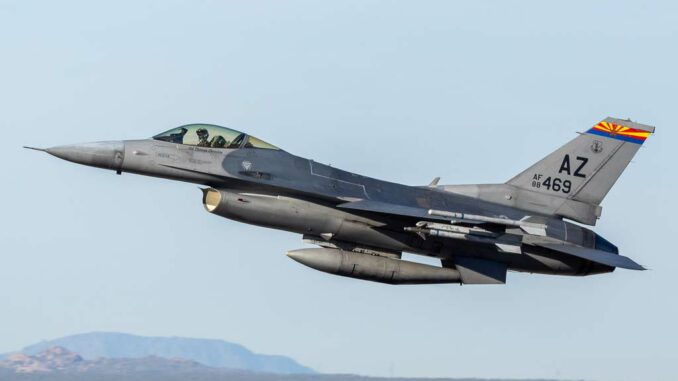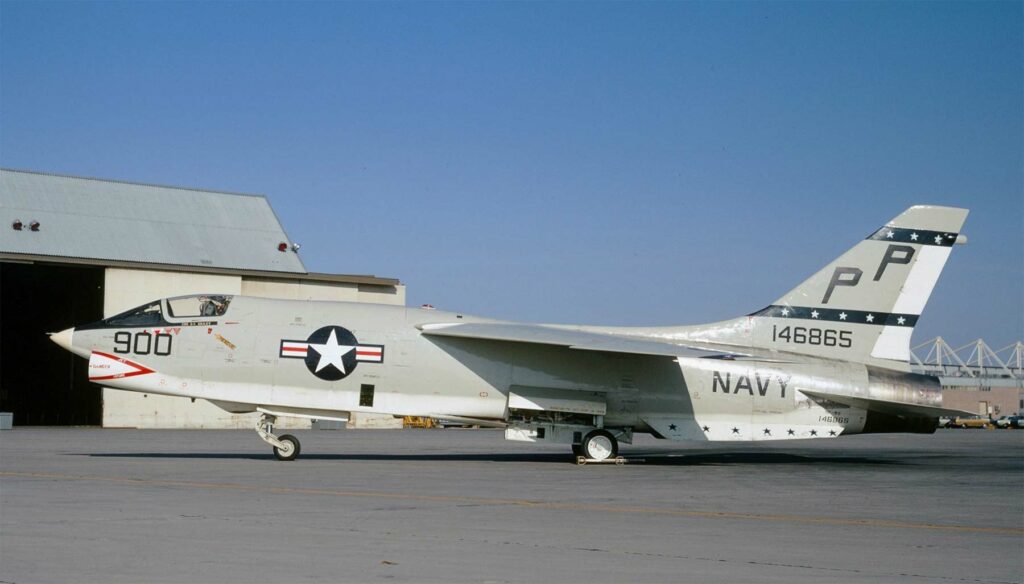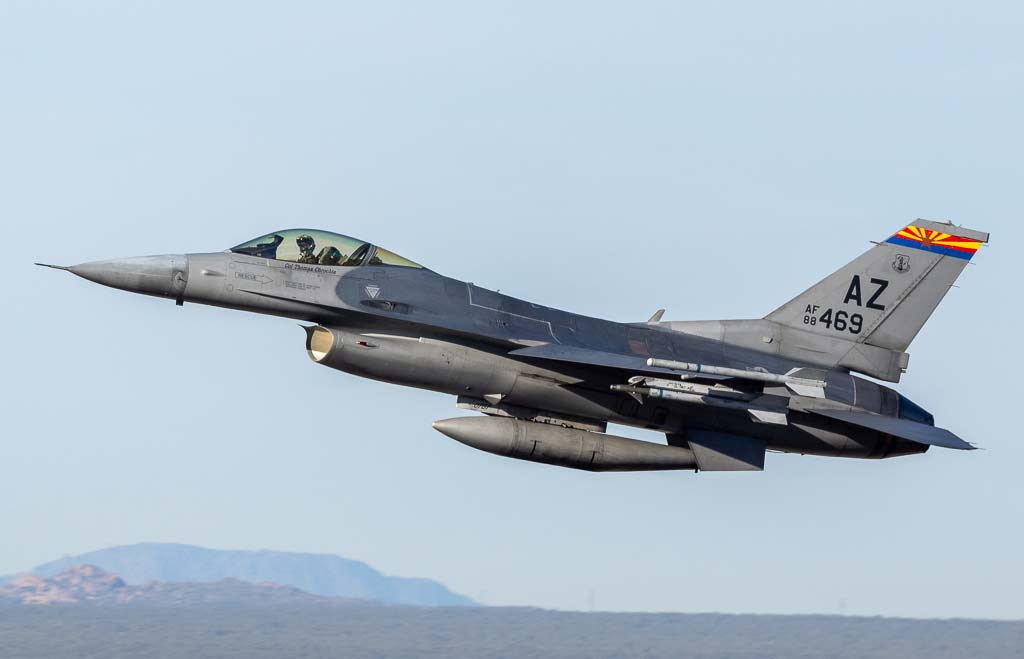
Discover how exercise Neptune Strike 24-1 demonstrates the collaboration and interoperability of NATO air and naval forces across Europe.
Understand in 2 minutes :
The NATO-led exercise Neptune Strike 24-1 mobilizes allied naval air groups and fighter aircraft for large-scale maneuvers in the Mediterranean and Eastern Europe. The exercise illustrates NATO’s ability to maintain a high level of readiness, cooperation and integration between its forces. Aircraft carriers from five allied nations, including France and the United States, are taking part in this strategic training exercise, reinforcing cohesion and collective defense capability.
Exercise Neptune Strike 24-1 is a significant demonstration of NATO’s ability to effectively coordinate and integrate its air and naval forces. This exercise, which took place from April 26, 2024, mobilized fighter aircraft and warships from several Allied nations, operating across Europe and the Mediterranean. This article analyzes the various aspects of this exercise, its objectives, results and implications for the Alliance’s collective defense.

Objectives of Neptune Strike 24-1
Neptune Strike 24-1 aims to improve the interoperability of Allied forces and maintain a high level of operational readiness. The exercise enables NATO forces to train for large-scale joint operations, simulating collective defense scenarios. By mobilizing five naval air groups, Neptune Strike strengthens NATO’s ability to respond rapidly and effectively to a variety of threats. The integration of these groups, comprising the Charles de Gaulle (France), the Juan Carlos I (Spain), the Cavour (Italy), the Anadolu (Turkey) and the Eisenhower (USA), demonstrates the cohesion and coordination of Allied forces.
Participation and maneuvers
The exercise involved fighter aircraft and air tankers from Finland, Germany, Italy, Poland, Portugal and Spain. These forces carried out simulated sea strikes and combined air-to-ground operations. For example, exercises in the Baltic and Eastern Europe involved long-range maritime strike missions and air-land integrations with ground strike controllers. This geographical and operational diversity underlines NATO’s ability to conduct complex operations over long distances.
Advantages and disadvantages of multinational exercises
Exercises like Neptune Strike offer several advantages. They improve interoperability between allied forces, enhance operational readiness and enable new tactics and technologies to be tested under real-life conditions. For example, coordination between naval air groups from different nations helps to standardize procedures and build mutual trust. However, these exercises can also present challenges. The logistical complexity of coordinating several nations and the need for fluid communication between different chains of command can complicate implementation. In addition, the costs associated with such exercises are high, requiring considerable resources in terms of personnel and equipment.
Strategic and political consequences
Exercises like Neptune Strike have significant strategic implications. They send a clear message of deterrence to potential adversaries, demonstrating NATO’s ability to defend its members in a coordinated and effective way. They also reinforce the Alliance’s credibility and its members’ confidence in its ability to protect them. For example, the participation of nations such as France, Spain and the United States underlines the commitment of the major powers to support collective defense. However, these exercises can also provoke reactions from adversaries, potentially increasing international tensions.

Future prospects
Exercise Neptune Strike 24-1 shows the future direction of NATO’s collective defense. The emphasis on integrated naval aviation capabilities and operational flexibility reflects contemporary global security challenges. In the future, NATO is likely to continue to develop and refine its exercises to meet emerging threats and the needs of its members. This could include the integration of advanced technologies such as artificial intelligence and cybersecurity, further strengthening the Alliance’s resilience.
Neptune Strike 24-1 illustrates NATO’s strength and cohesion through complex multinational exercises. By mobilizing naval air groups and air forces from several nations, NATO demonstrates its ability to effectively defend its territory and maintain regional stability. These exercises play a crucial role in the preparation and interoperability of Allied forces, ensuring that the Alliance remains ready to face any future threat.
War Wings Daily is an independant magazine.